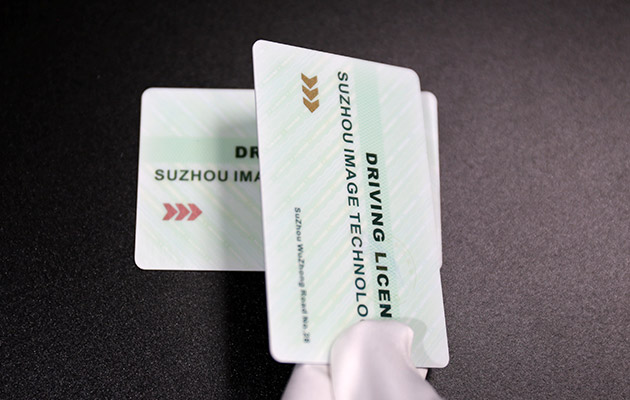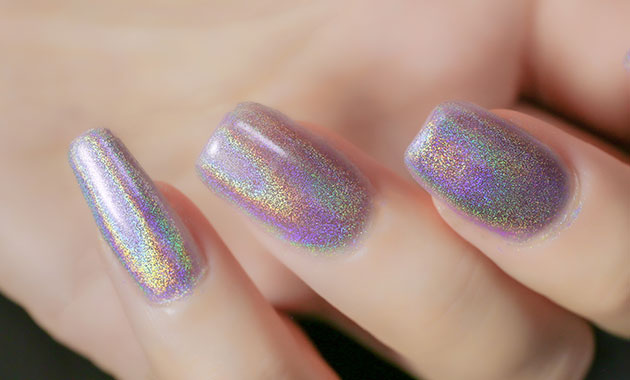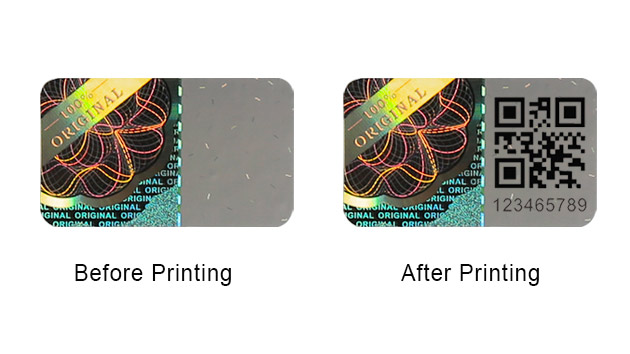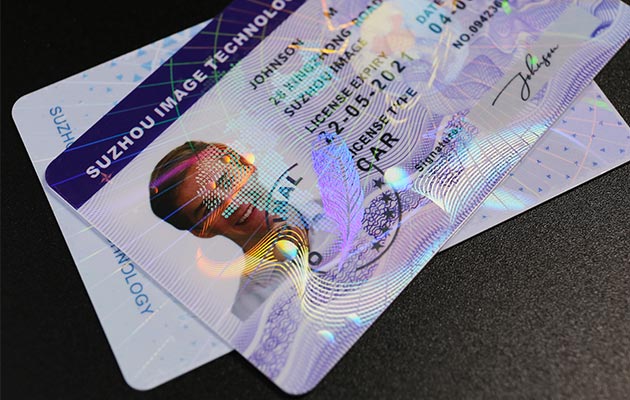Most ID cards are made from plastic materials, with PVC, PETG, and PC being the most common. Some countries and regions also use anti-counterfeiting paper or Teslin synthetic material combined with lamination pouches for national ID cards, driver’s licenses, and other credentials.
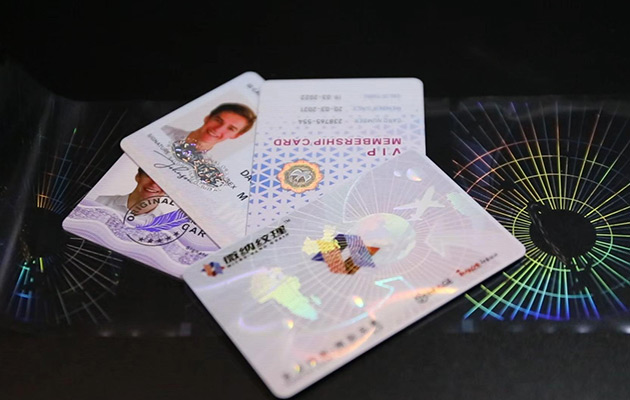
Over the years, the industry has transitioned from PVC to PETG (a modified form of PET) and more recently to PC (polycarbonate). Particularly in Europe and North America, PC has been increasingly adopted for ID documents due to its superior properties.
Below, we compare these materials regarding durability, security features, and environmental impact.
Durability
- PVC: PVC ID cards have relatively low strength and toughness, making them prone to breakage, scratches, and wear over time. Their heat resistance is moderate—excessive heat may cause deformation, while cold temperatures can make them brittle.
- Under normal conditions, PVC cards typically last 2-3 years, but exposure to harsh environments (high temperatures, humidity, or frequent friction) significantly reduces their lifespan.
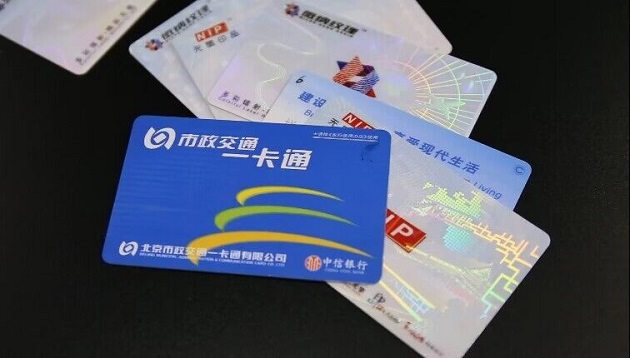
- PETG: PETG has good toughness and impact resistance. Compared with PVC, it can withstand a higher degree of bending and collision and is not easy to break. Its surface hardness is high and it is relatively difficult to be scratched.
- Under normal use conditions, it can maintain good appearance integrity. PETG has a wider temperature resistance range than PVC and can maintain stable performance under certain high and low-temperature environments. The service life can usually reach 3-5 years.
- PC: Polycarbonate (PC) ID cards offer exceptional durability, featuring high strength, toughness, and superior impact resistance. They can withstand significant force without cracking or breaking. The material’s surface is highly scratch-resistant and wear-resistant, maintaining its integrity for extended periods.
- PC also has excellent heat resistance and does not deform or become brittle due to temperature fluctuations. In normal conditions, PC ID cards can last 5-10 years.
Security Features
- PVC: PVC itself lacks inherent security features, relying mainly on additional printing and encryption techniques for protection. Security elements are typically incorporated through special inks, optical security laminates, or overlays.
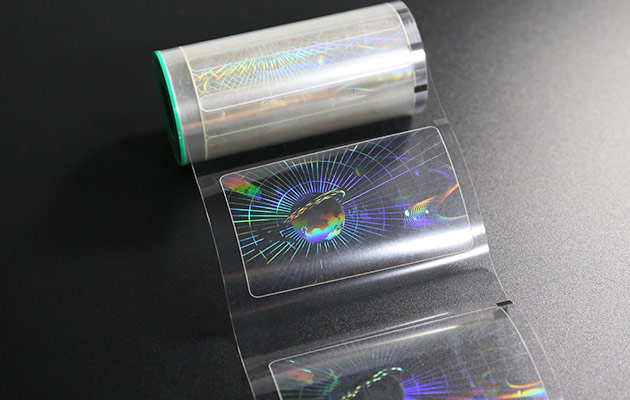
- PETG: Similar to PVC, PETG does not inherently possess strong security features. However, it can incorporate additional security elements such as register optical anti-counterfeiting, fluorescent ink printing, etc. Due to its smooth surface, it may be better than PVC when performing some special anti-counterfeiting treatments.
- PC: PC material can achieve higher anti-counterfeiting performance through special production processes and special anti-counterfeiting elements, such as adding security fibers in the production process, surface laser etching, laser personalization, ghost images, etc. These anti-counterfeiting elements are closely combined with PC materials, and the security level is relatively high.
Environmental Impact
- PVC: PVC production can generate pollutants, including residual vinyl chloride monomers, which pose risks to human health and the environment. Additionally, PVC is challenging to recycle, and when incinerated, it releases harmful gases such as hydrogen chloride, contributing to air pollution.
- PETG: PETG is a relatively environmentally friendly material with relatively little pollution during the production process. It has good recyclability.
- Used PETG cards can be recycled reprocessed and reused in the production of other plastic products, reducing the pressure on the environment.
- PC: PC is highly recyclable and can be reused in manufacturing after proper processing. It does not release harmful substances during use, making it a safer choice for both the environment and human health. Its recyclability aligns with modern sustainability goals.
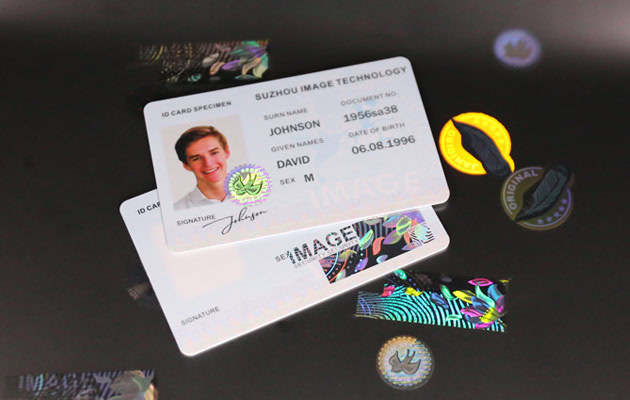
PC Material Adoption and Security Lamination Solutions
At present, PC cards have been adopted in many countries and regions, and the market share is increasing year by year. In addition to PVC and PETG, Suzhou Image also has different forms of security solutions for PC materials, such as embedded optical security overlay.
Embedded security laminates are PC overlay films applied during the lamination stage of ID card production. Depending on the card’s layer structure, these laminates can be made from laserable or non-laserable PC material, with the non-laserable type being the most commonly used.
The optical security laminate is used as the overlay layer, that is the top layer. The layer below the overlay is generally a laserable PC. Use laser writing equipment for personal data writing. This can effectively prevent personal information from being tampered with while ensuring security strength.
These security laminates can be fully customized in terms of layout, size, and security patterns based on customer requirements. The typical thickness of PC security overlays ranges from 50 to 80 microns, while the final card thickness is generally between 760 and 850 microns.

